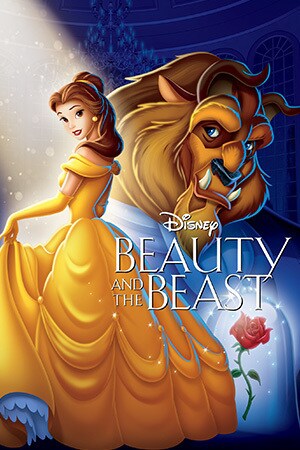Walt Disney is world renowned for coming up with creative
ways to retell old stories such as Cinderella, Beauty and the Beast, and The
Little Mermaid. These movies are very popular with children especially in their
formative years when they are developing a gender identity and a conception of
what gender roles should look like. Quite a bit of research has been done about
the limited and damaging scope of Disney's understanding of femininity in these
movies. But what about masculinity?
Masculinity is constructed as the antithesis of femininity;
there is no spectrum for gender, either a character is or isn't. For instance
Prince Eric from "The Little Mermaid." He is a sea-faring and
adventurous prince who is completely carefree and at ease in his skin. In contrast,
Ariel - the female protagonist who is a princess and the daughter of the King
of the sea- is constantly yearning for something better a little bit of freedom
which she can only find with a man's permission. It is an idea that is
reinforced in many of the classic Disney movies: that a woman is only made “complete”
when she successfully marries a man. In “Beauty and the Beast”, Gaston is the
prince that all the women in the town want. This popular, attractive male
character is rude, rich, respected, and “manly” in the eyes of the townspeople.
The beast on the other hand, has the kind, timid heart, but due to his
unattractive appearance, those qualities are never recognized in the eyes of
the townspeople. Even though it is the beast who ends up with Beauty in the
end, the hardships he had to endure (and the lack of hardships faced by the
prince) just because of physical appearance could easily be seen as undermining
the importance of inner beauty.



No comments:
Post a Comment